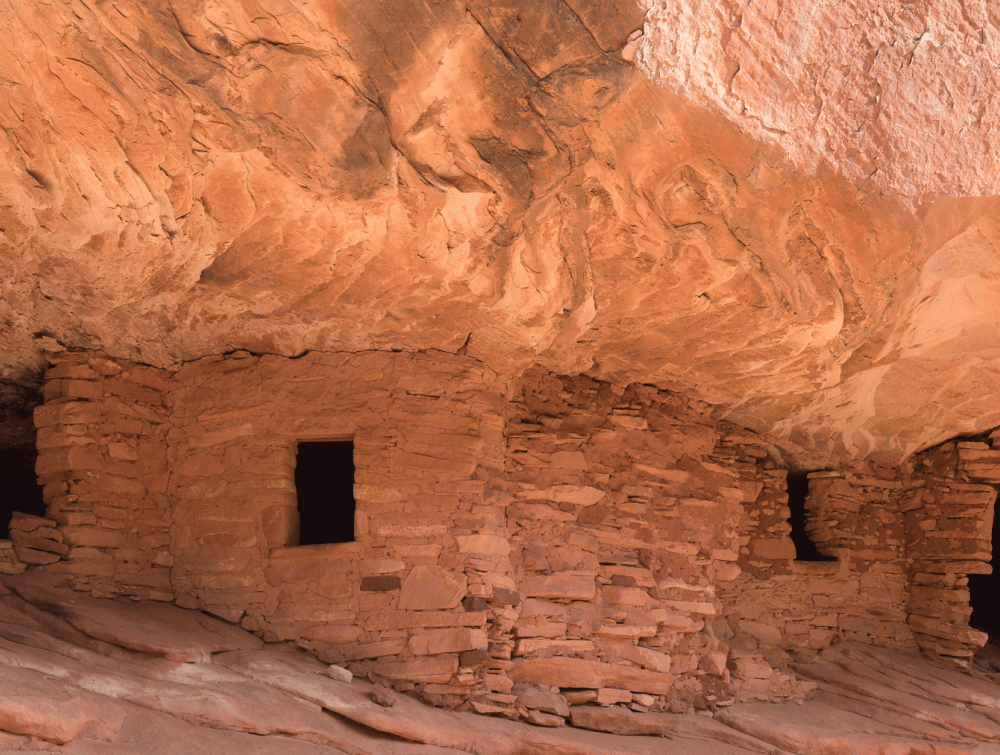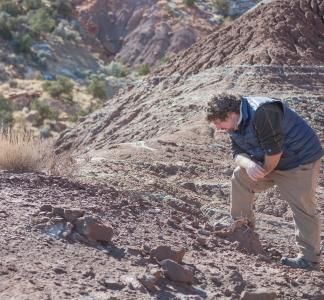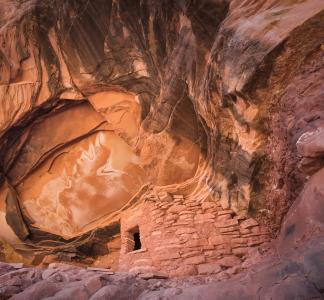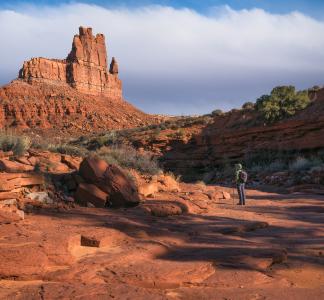The list is out: Trump administration wants to gut protections for these public lands

Bears Ears National Monument, UT.
Mason Cummings.
Where Trump wants to roll back protections
The Trump administration makes outrageous recommendation to cut protection at more than half a dozen national monuments.
We finally have a list of some of the places where the Trump administration will move to roll back protections under its "review" of wildlands and cultural sites protected by the Antiquities Act.
According to news reports, Interior Department Secretary Ryan Zinke has recommended significantly altering Bears Ears and Grand Staircase-Escalante in Utah, Katahdin Woods & Waters in Maine, Cascade-Siskiyou in Oregon, Organ Mountains-Desert Peaks and Rio Grande del Norte in New Mexico, Gold Butte in Nevada and marine monuments in both the Atlantic and Pacific Oceans.
“This callous proposal will needlessly punish local, predominantly rural communities that depend on parks and public lands for outdoor recreation, sustainable jobs and economic growth,” said Wilderness Society President Jamie Williams.
This is an outrageous move that violates the American people’s wishes and threatens some of our nation’s most unique and culturally and scientifically valuable wildlands.
It is vitally important that we tell Washington that Americans will not stand for this.
Call your Senators today and ask them to stand up for our monuments.
The Wilderness Society will be filing legal action to stop the Trump administration’s efforts to gut protections for some of our nation’s most treasured national monuments.
“We believe the Trump administration has no legal authority to alter or erase protections for national treasures. Millions of Americans have voiced their opposition to this scheme to sell out our beloved lands and waters to drilling, mining and logging interests,” Williams said.
Here’s a look at the places Trump is striking at:
- Bears Ears National Monument (Utah). The product of a concerted push by tribes with ties to the areas, Bears Ears is intended to protect thousands of Native American archaeological and cultural sites ranging from ancient ruins to petroglyphs. Looting and grave robbing have damaged the region, demonstrating a clear need for national monument status and protection. Wildlife that calls the area home includes pronghorn antelope, mountain lions, bighorn sheep, black bears and peregrine falcons.
- Grand Staircase-Escalante National Monument (Utah). By some accounts, Grand Staircase-Escalante is peerless when it comes to visually striking and well-exposed geological features, including steep stone staircases and claustrophobic "slot canyons." Wildlife that calls the area home includes mountain lions, bighorn sheep, river otters and pronghorn antelopes, and a number of significant fossils have been unearthed here. If protections are rolled back, the area is considered at risk for fossil fuel extraction.
- Katahdin Woods and Waters National Moument (Maine). Katahdin is one of the largest tracts of undeveloped wildlands in the eastern U.S. It provides a vital and vast habitat for moose, lynx, bears and Atlantic salmon, and is a beautiful place to go hiking, hunting and fishing, as well as skiing and snowmobiling. Politicians aligned with Trump have suggested they would use the land for commercial timber harvesting if monument protections were relaxed.
- Cascade-Siskiyou National Monument (Oregon). The first site protected under the Antiquities Act specifically to preserve biodiversity, Cascade-Siskiyou contains several distinct types of terrain, ranging from grassland to mixed conifer and white fir forests, harboring elk, bobcats, black bears and a dizzying array of birds. It has been targeted by the timber industry for years.
- Organ Mountains-Desert Peaks National Monument (New Mexico). Covers an array of dramatic wildlands ranging from juniper-dotted volcanic mountains to rugged box canyons. Home to mountain lions, mule deer, golden eagles and rare desert plants. Prized by hunters, hikers, climbers and other outdoor enthusiasts. Threats like road construction and irresponsible off-road vehicle use loom with protections reduced.
- Gold Butte National Monument (Nevada). In recent years, Gold Butte has suffered from extensive vandalism of historic and cultural sites and reckless off-road vehicle use. National monument status was conferred to help preserve these resources, which include thousands of Native American petroglyphs. The monument also contains habitat for rare and threatened wildlife such as the Mojave desert tortoise and desert bighorn sheep. All this is at risk with changes in Gold Butte's protected status.
- Rio Grande del Norte (New Mexico) This monument I Northern New Mexico boasts the stunning Rio Grande Gorge, a spectacle that plunges 800 feet from sage covered mesas down to the Rio Grande River. The monument ensures outstanding rafting and fishing in northern New Mexico.
- Monuments in the Pacific and Atlantic Ocean. This will likely be Pacific Remote Islands National Monument and Papahānaumokuākea Marine National Monument, both established by President George W. Bush and expanded by President Barack Obama.
Secretary Zinke has reassured Americans that the national monuments on the list will stay open to the public. But on its own, this means little. A public land that remains public will not necessarily be managed for "multiple uses," including conservation or recreation; on the contrary, many of places on the list are long-coveted by the mining, oil and gas or timber industries, or have been targeted for other development. With reduced protection, they could be open for leasing and exploitation.
As we gird for legal action, one thing we do right now is make sure our lawmakers feel empowered to stand up to Trump. Please click here to call your senators and tell them to defend our national monuments and public lands in the halls of Congress.
Major fossil cache found on lands cut from Bears Ears National Monument
Mason Cummings, The Wilderness Society
Conservation groups file lawsuit after President Trump illegally axed majestic Bears Ears National Monument
Mason Cummings, TWS
Starting today, companies can mine in former Bears Ears and Grand Staircase-Escalante
Mason Cummings, TWS



